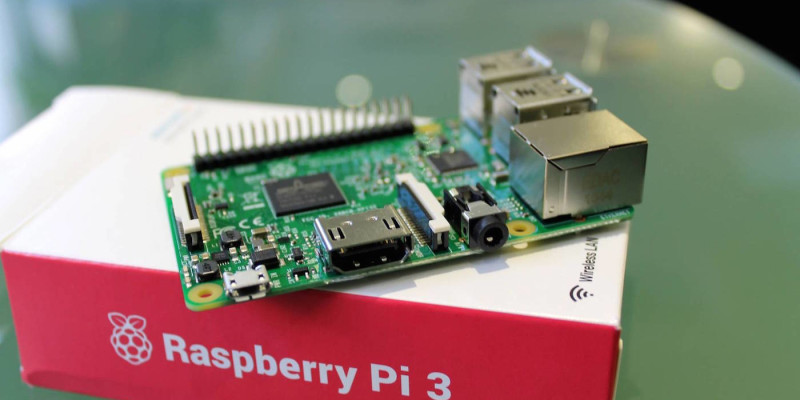In February 2012, the Raspberry Pi Foundation shocked the world with its Mini-PC-On-A-Board, the Raspberry Pi. The Pi, costing only $35, featured everything a PC tower from yesteryear would have. It sported a 32-bit, ARMv6 CPU clocked at 700MHz, with 512 MB RAM. There were USB ports, ethernet, HDMI and composite out, audio out, GPIO pins, and the possibility to connect the MIPI camera. Not only could the Pi function as a PC (with 1080p HD video), but it could have all manner of peripherals attached to it.
Over the years, the Pi has been upgraded over several revisions and models. There's been the first board, the Model B, plus it's cheaper sister board, the model A. In 2014, the Pi Foundation launched the famous model B+, followed by the Pi 2 the year later, and the Pi 3 the year after that. In 2014, they launched the Compute Module for embedded situations. In 2015, they offered the Pi Zero, which is the same as a normal Pi, but in a much smaller package.
The latest model, the Pi3, features a quad core 1.2 GHz ARM Cortex processor, 1GB RAM, 17 GPIO pins, and includes integrated WiFi and Bluetooth. The foundation have managed to keep the price at $35, and for that price you are getting a massive bang for your buck. There's no shortage of ideas for projects to make using the Raspberry Pi, from timelapse and motion cameras, to fully fledged web servers.
So we'd like to say Happy Birthday to the Pi, and we hope the innovations keep coming!
